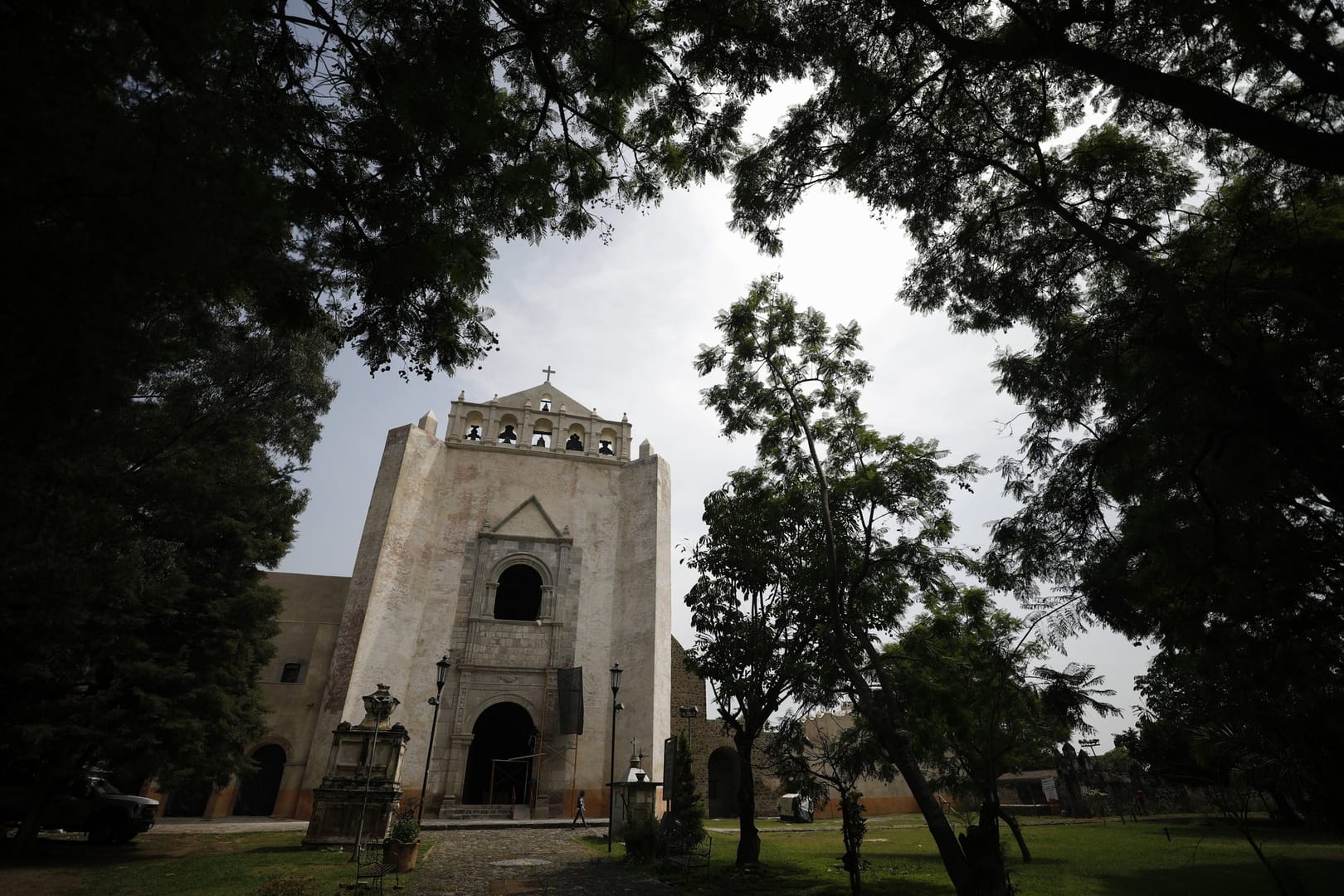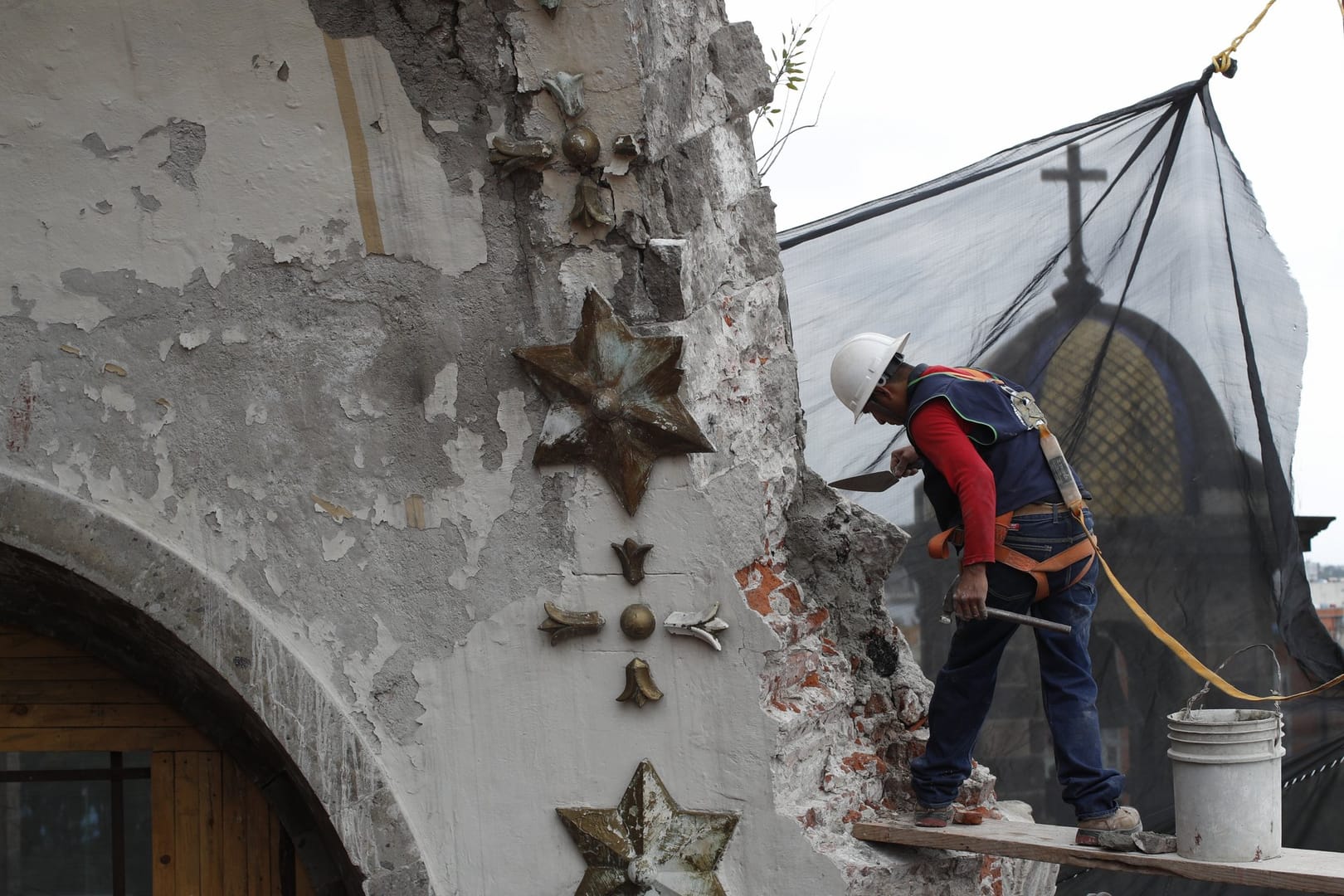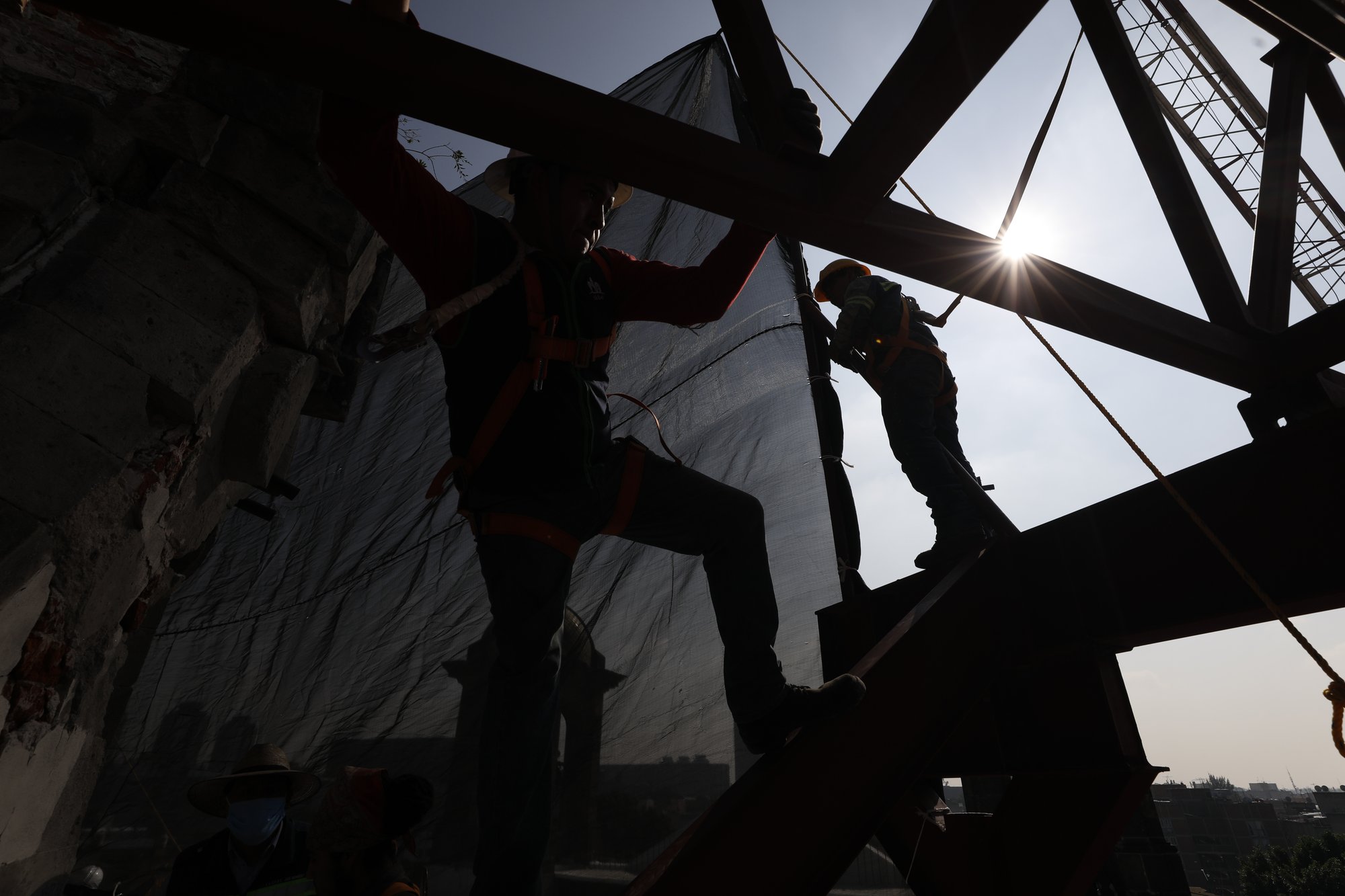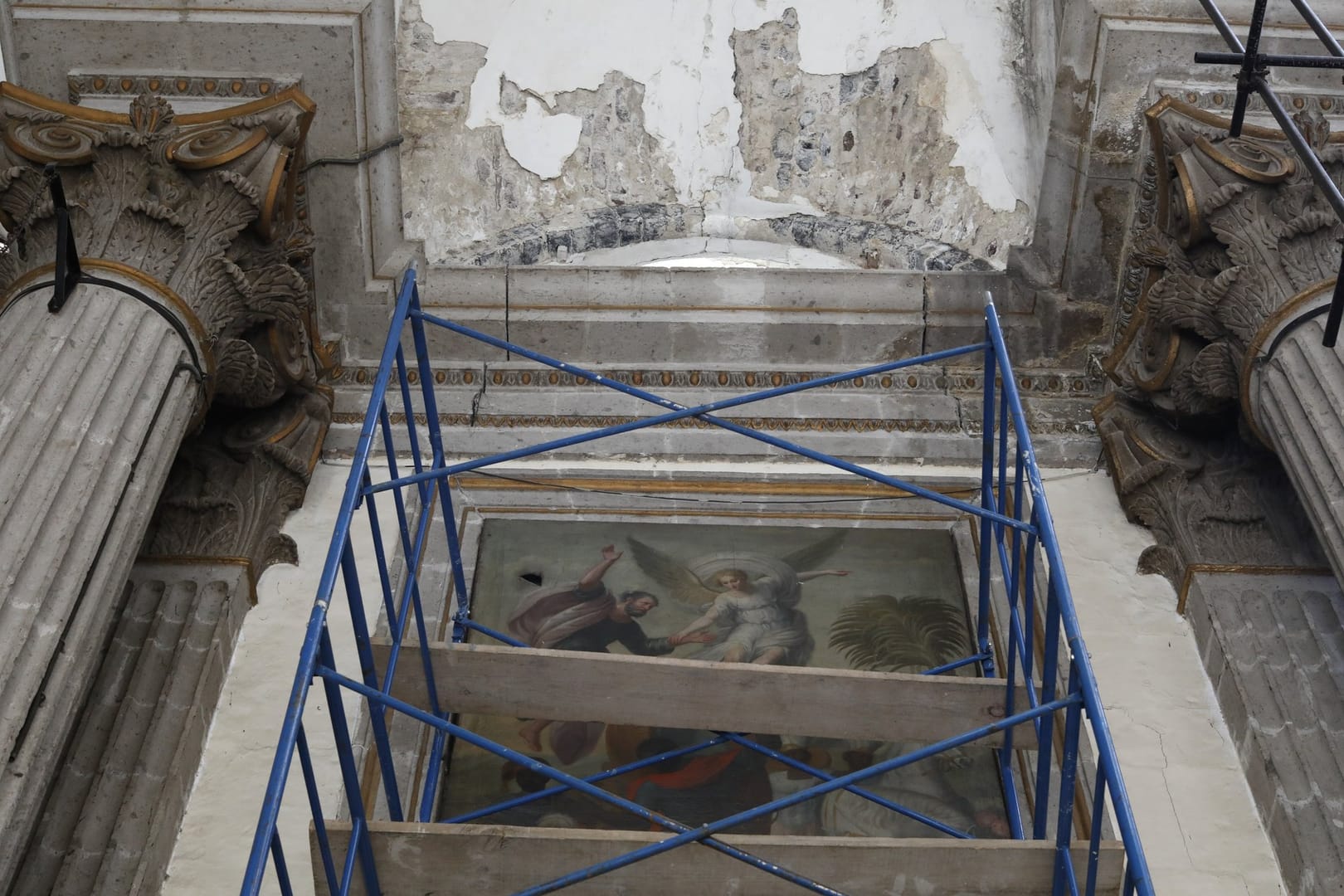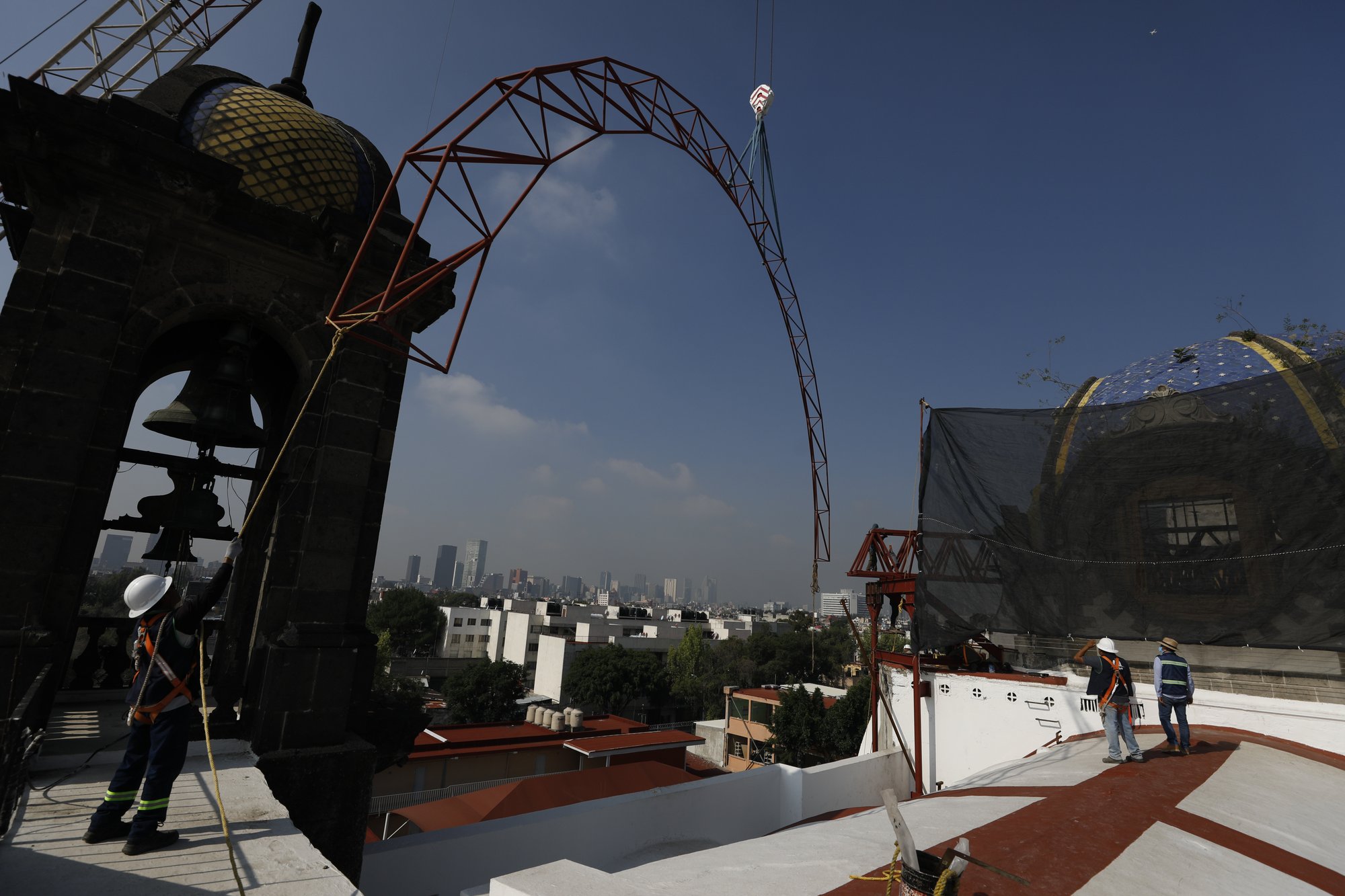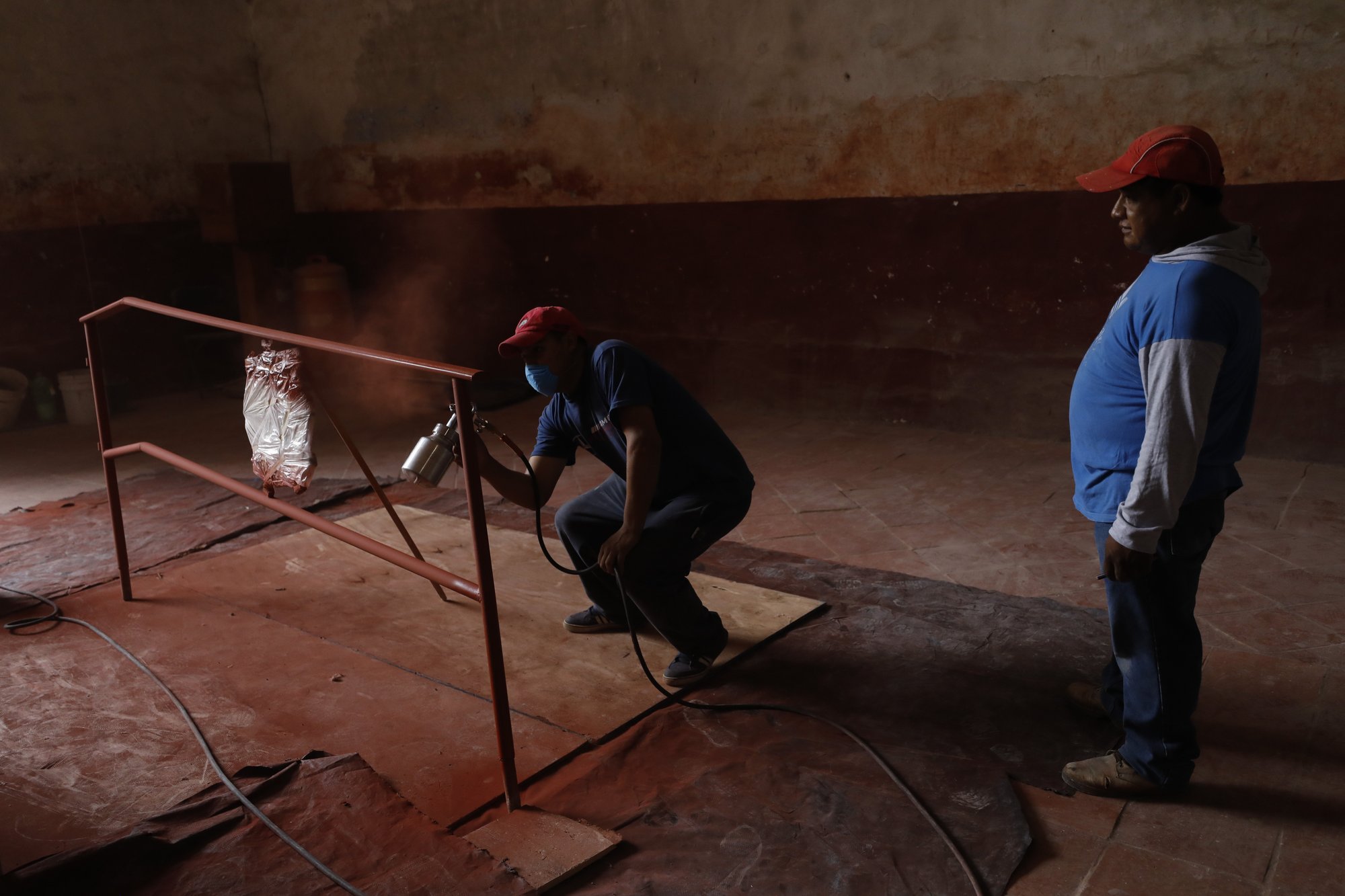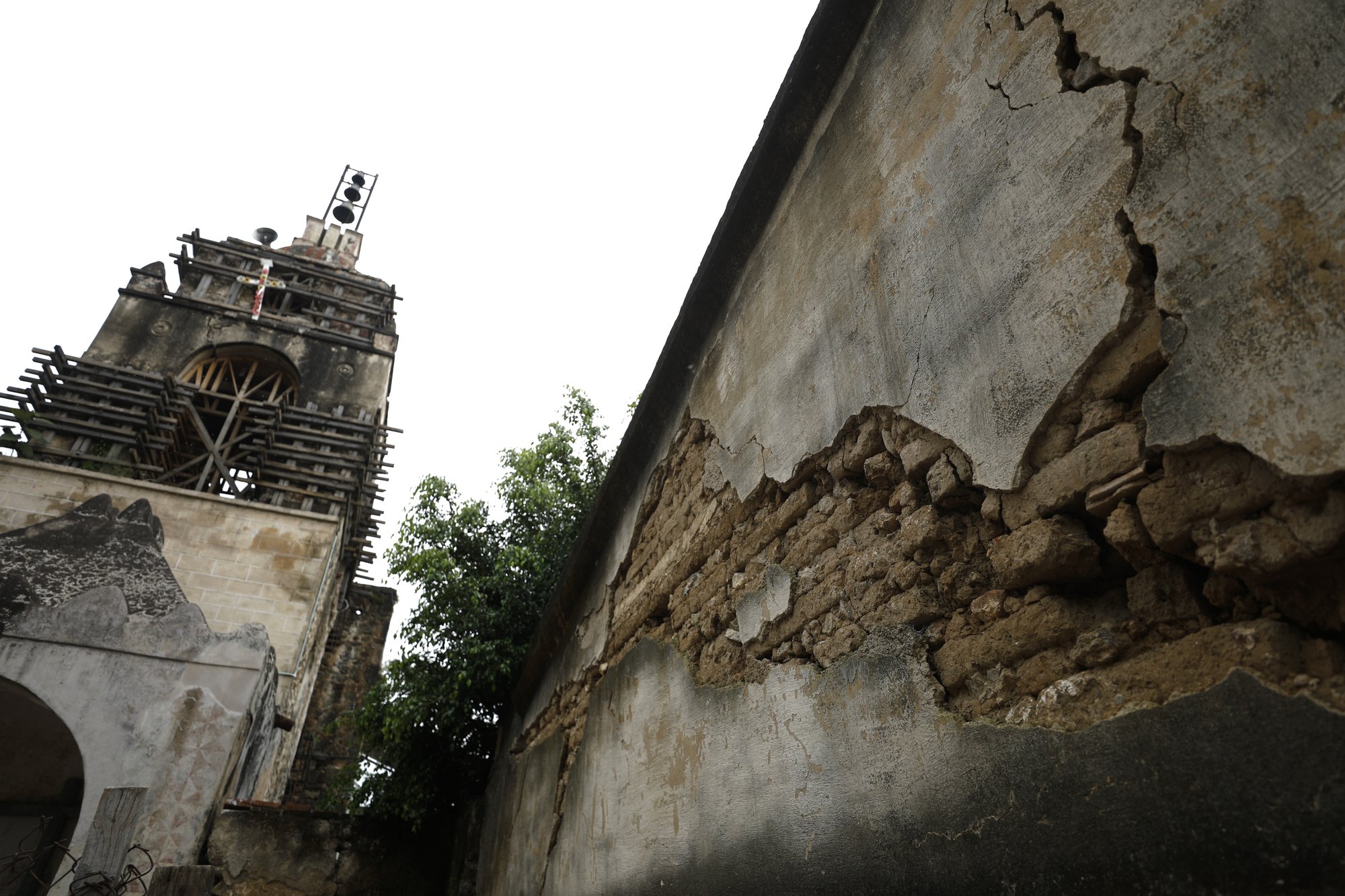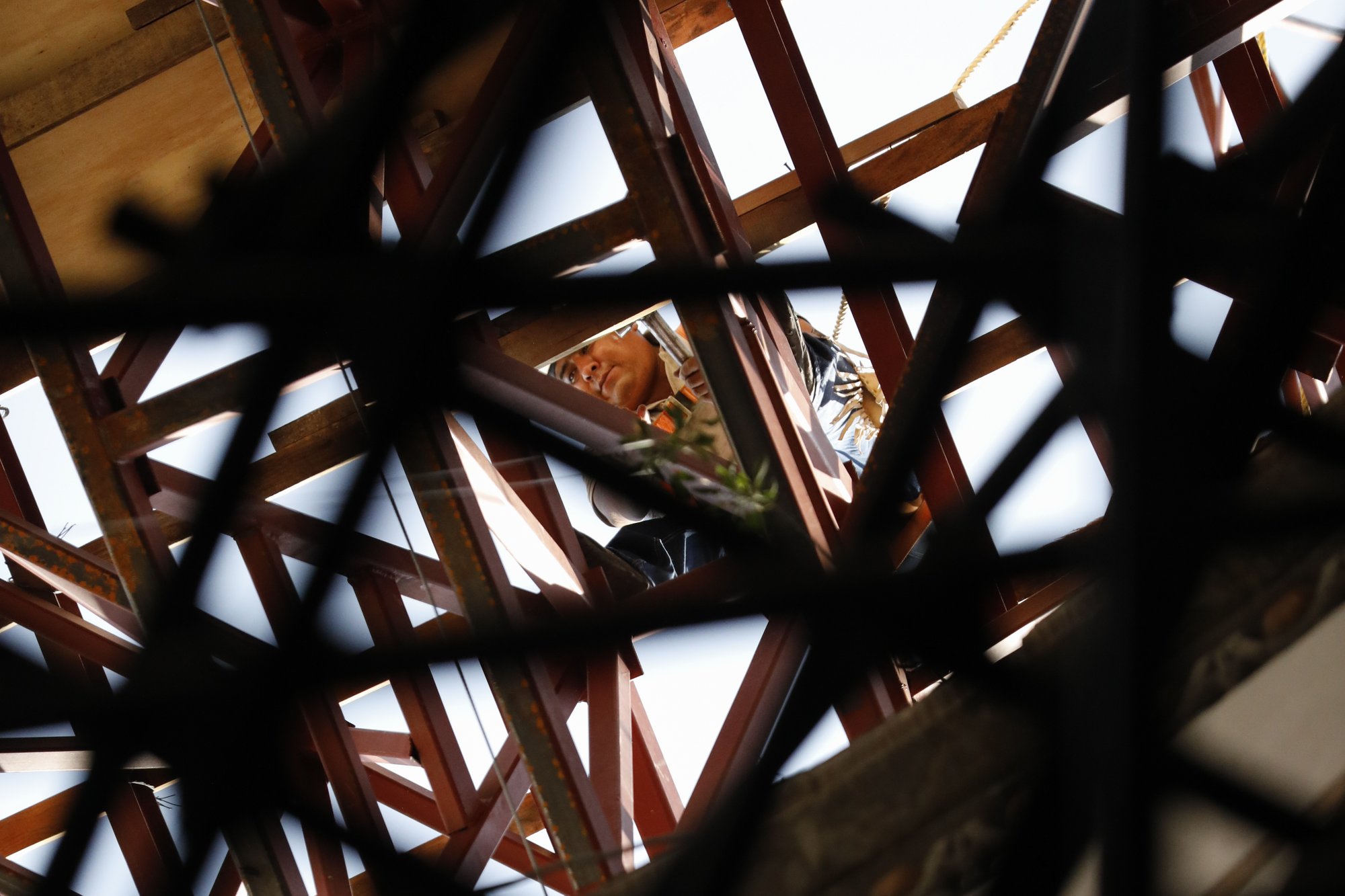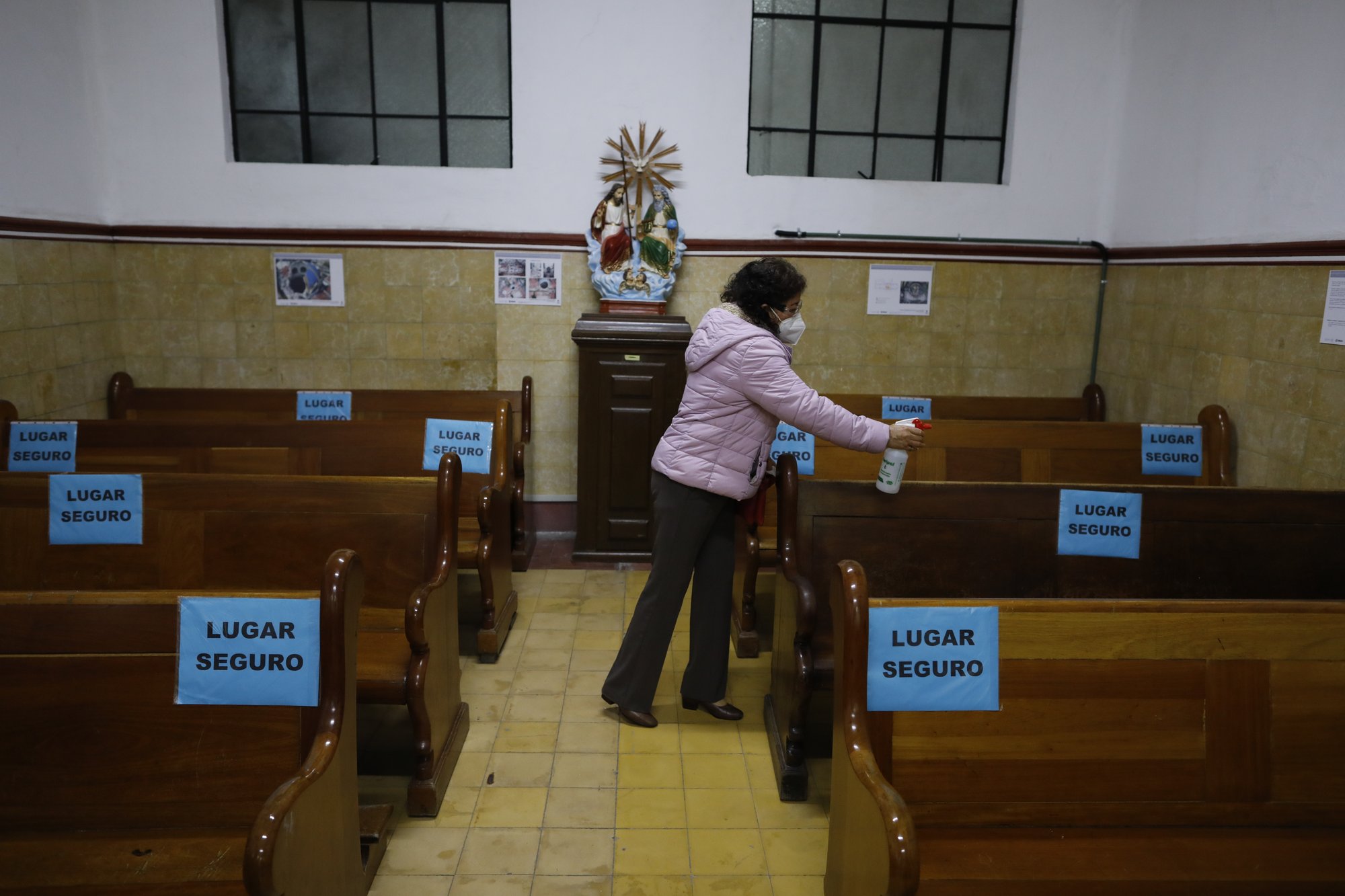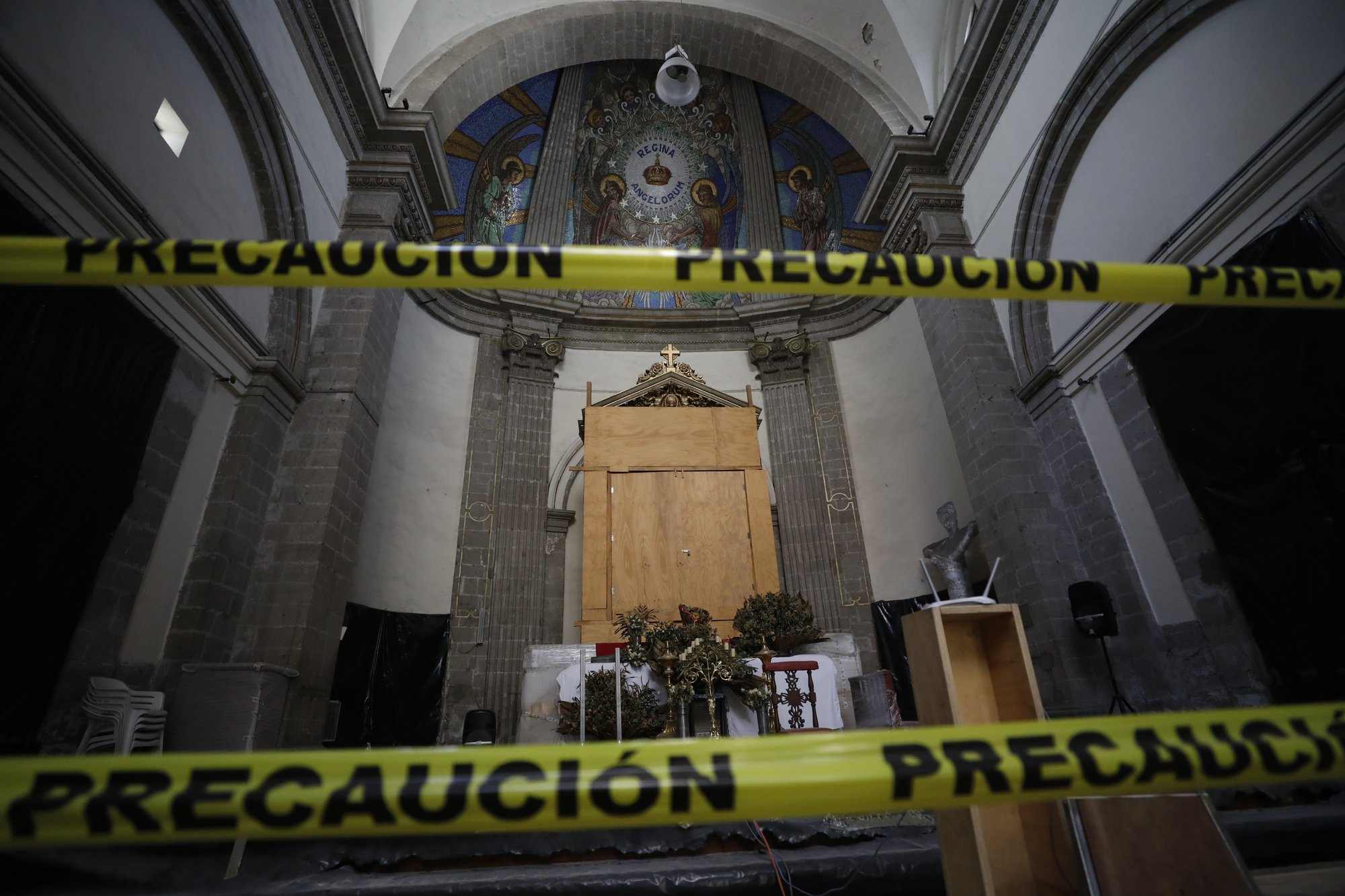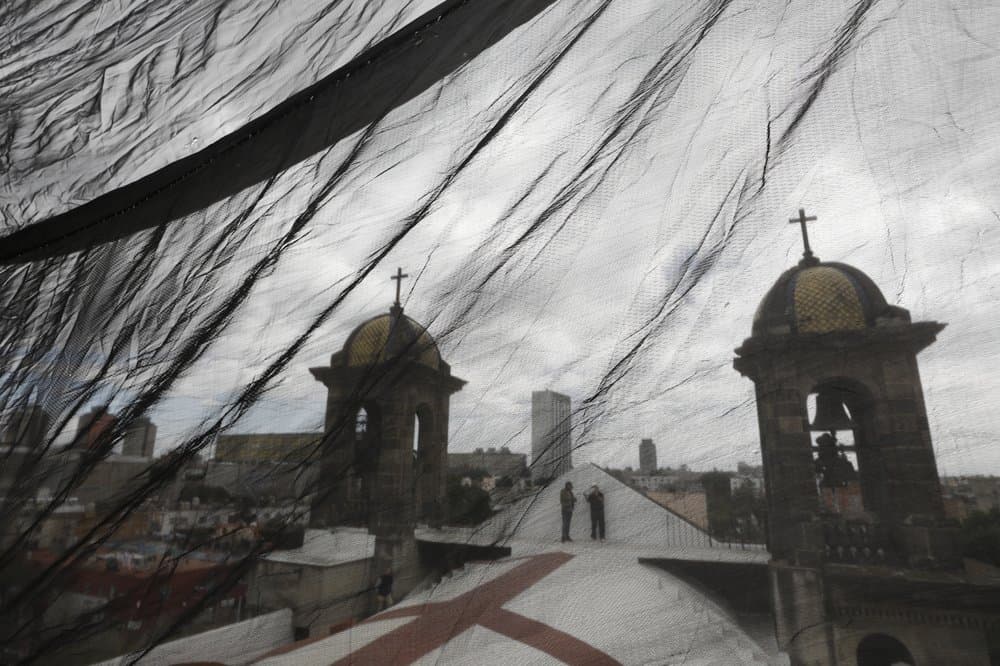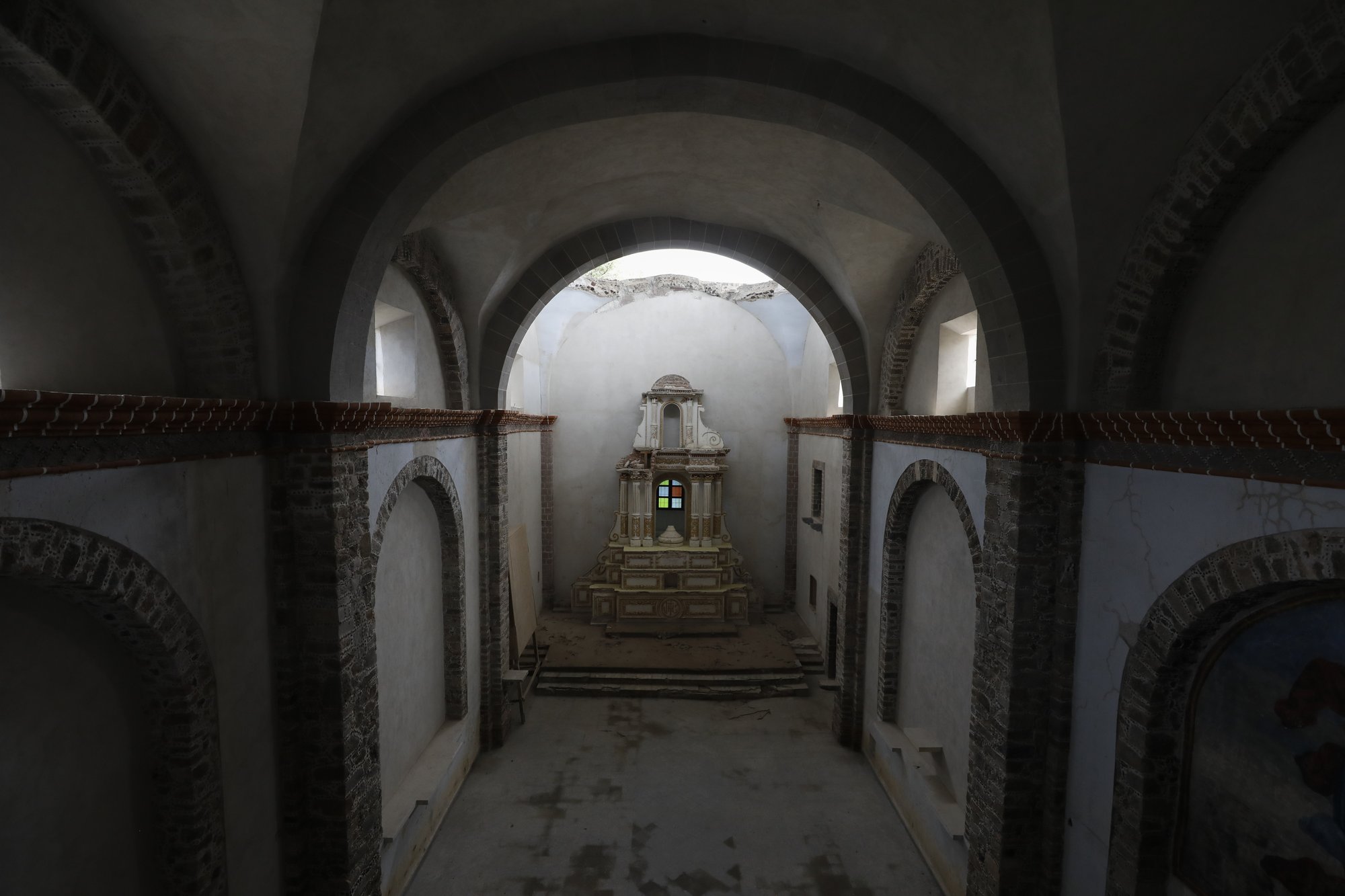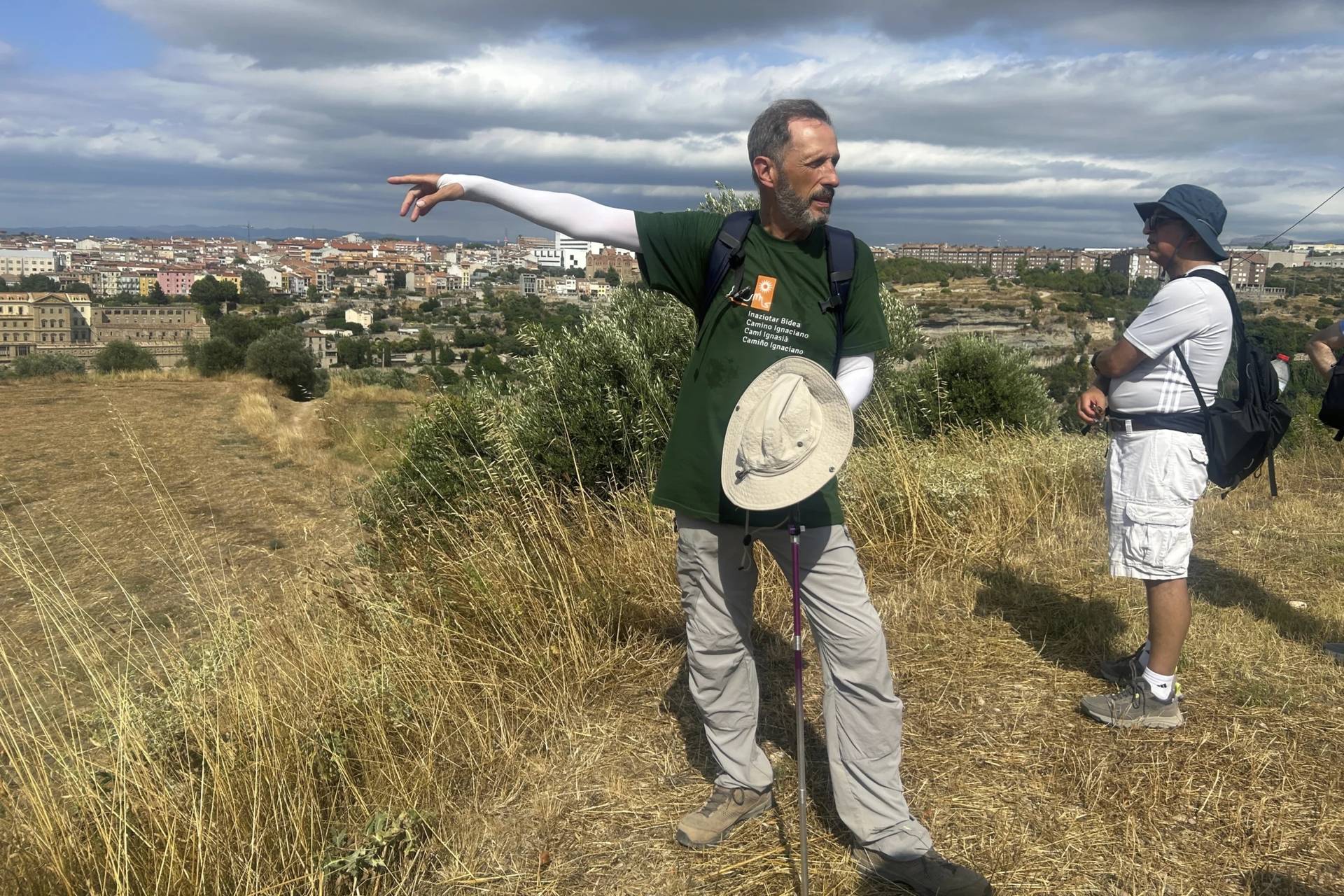MEXICO CITY — The earthquake struck in seconds, but three years later restorers still face a monumental task: About half of the 2,340 colonial-era buildings and churches damaged in the 2017 Mexico quake still need to be repaired, restored or partially rebuilt.
It is a titanic challenge: Crumbling old stone and lime mortar walls and domes, without an ounce of cement or rebar, have to be built back with the same ancient materials.
But that doesn’t mean the work is primitive. At the Nuestra Señora de Los Angeles church near downtown Mexico City, the restoration work has a space-age feel: Towering curved metal support structures are delicately lowered into place by huge cranes, to support the half-collapsed dome of the church. Meanwhile, the other, standing half of the 100-ton dome looms 80 feet above workers.
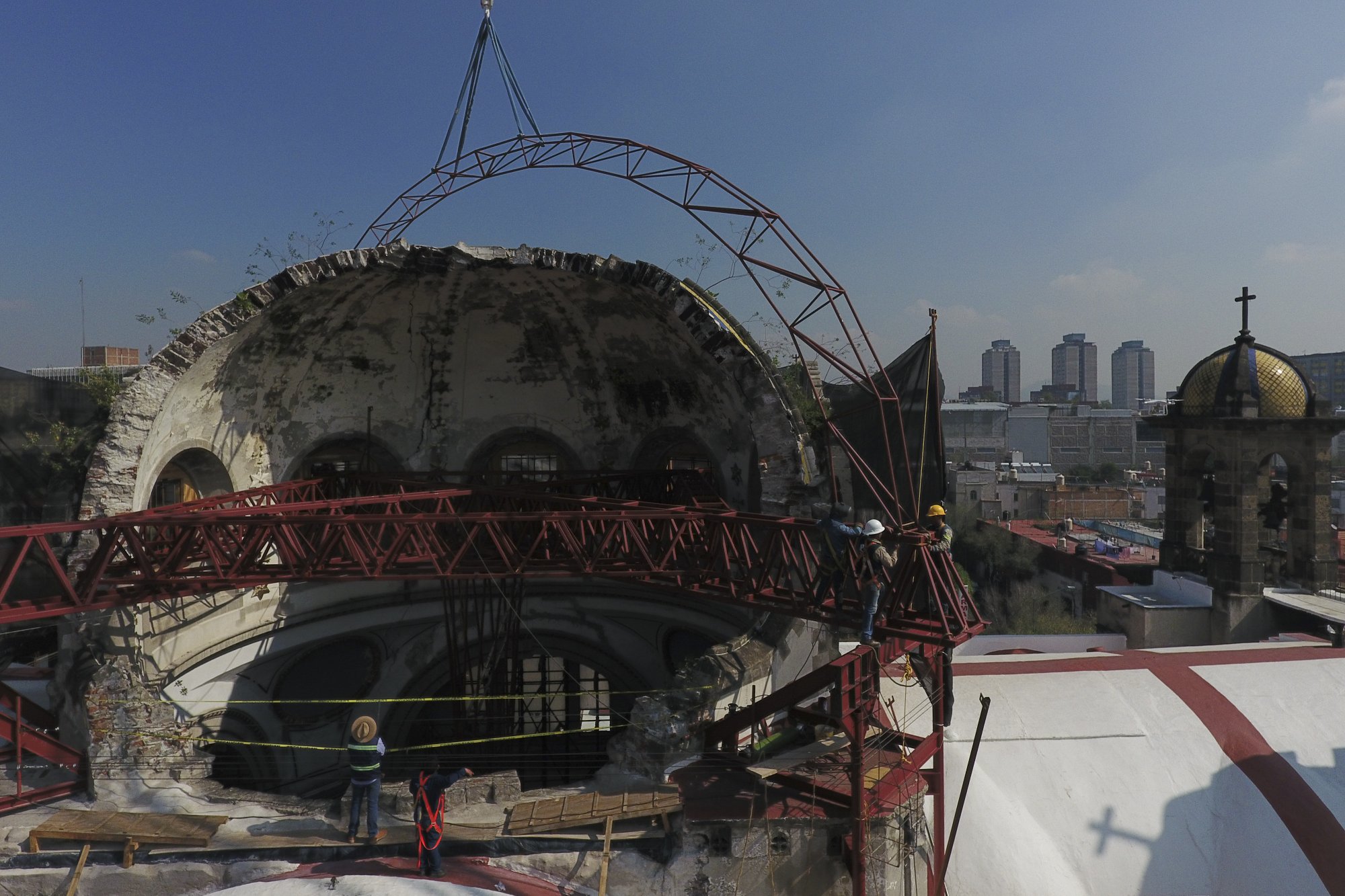
“There is always a sensation of risk being in there, of course, because you sense that pieces could come falling down at any time,” said Antonio Mondragón, the architect at the National Institute of Anthropology and History who leads the restoration effort. “Any material that comes flying down from 25 meters (yards) would be very dangerous. There is always a risk, and we know we can’t stay inside very long.”
Mondragón has gained a respect for the old church — a chapel built in the late 1500s stood here, of which only a portion of one wall remains, while the collapsed dome was built between 1740 and 1884 — calling it “noble.” The dome didn’t collapse at the moment of the quake, but rather five days later, leaving time to get people and precious objects out.
It is so dangerous to stand beneath the remains of the dome that the tons of steel structures are made off-site and then gingerly lowered into the crater at the center where the dome once stood; the steel beams simultaneously brace the remaining walls of the cupula, provide a work platform just under the dome and the arch over the top, to provide trusses for a temporary metal roof.
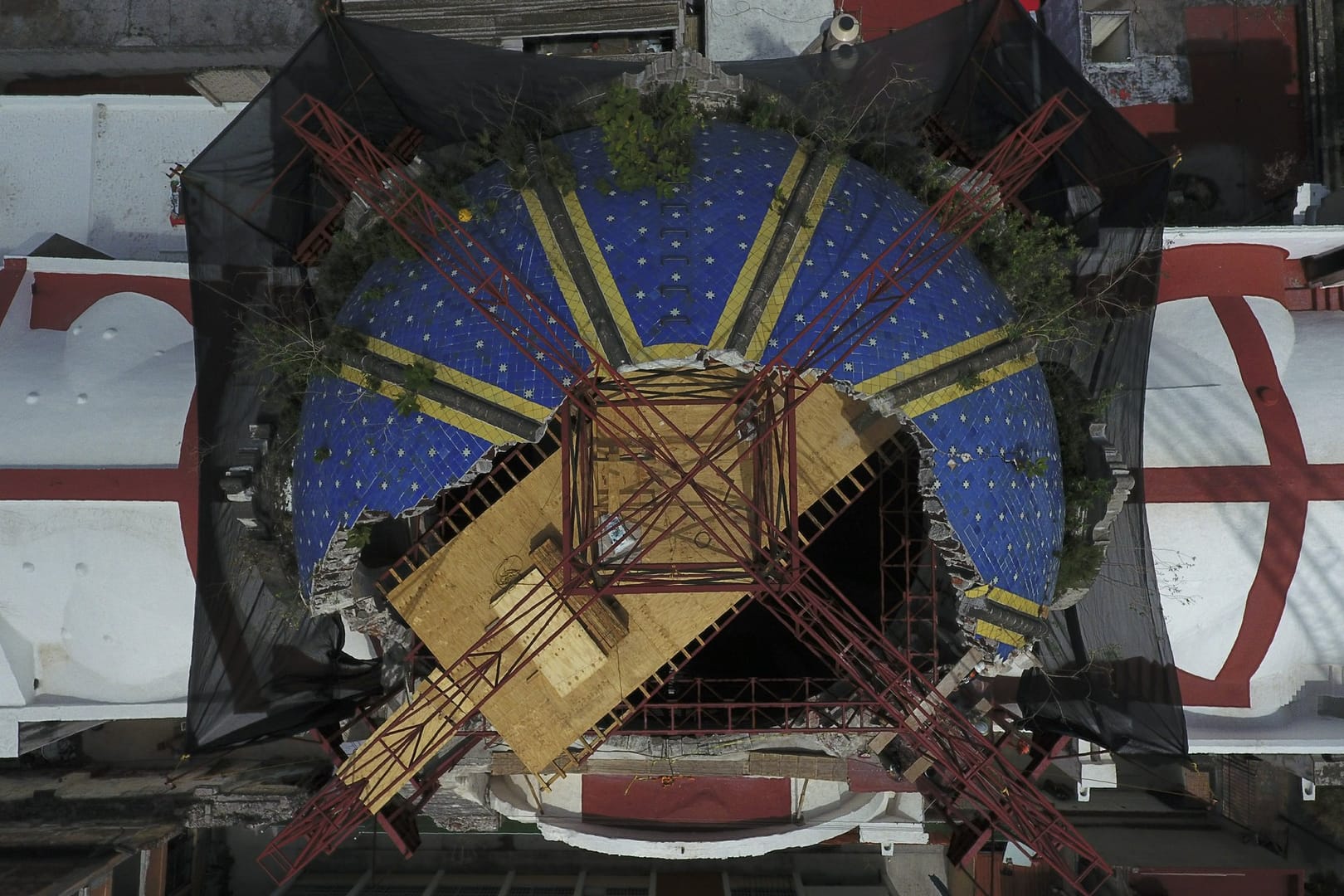
The experts working on projects like this across Mexico face some of the same issues confronting restorers everywhere, like France’s re-building of the Notre Dame Cathedral: are the materials and craftsmen’s skills of centuries ago still available? How can you explain delays to impatient modern citizens, for whom construction is something that is done in weeks or months?
“It is true that some of the finer, more specialized knowledge of these (construction) crafts has been lost. This work is still being done, perhaps more clumsily, but the crafts remain and people know how to work with these materials,” Mondragón says, referring to the quarry stone and super-light “tezontle” volcanic stone used to build the original dome. But with quarries near the city depleted — or filled in to create housing — Mondragón says “in effect, it gets harder every day to find good material.”
Initially, restorers thought that they would have to dismantle what remained of the dome and re-assemble it piece by piece, Mondragón said. But they realized that the cause of the collapse had been an enormously heavy central cupola that stood atop the dome and which had been leaning out of level because the church was unevenly sinking into Mexico City’s notoriously swampy soil. So the collapsed part could be rebuilt and mated with the remaining structure.
The $2 million restoration effort at Nuestra Señora de los Angeles will take at least two years more; impatient residents often ask experts why it is taking so long. To date, about 1,100 of the 2,340 damaged structures have been restored.
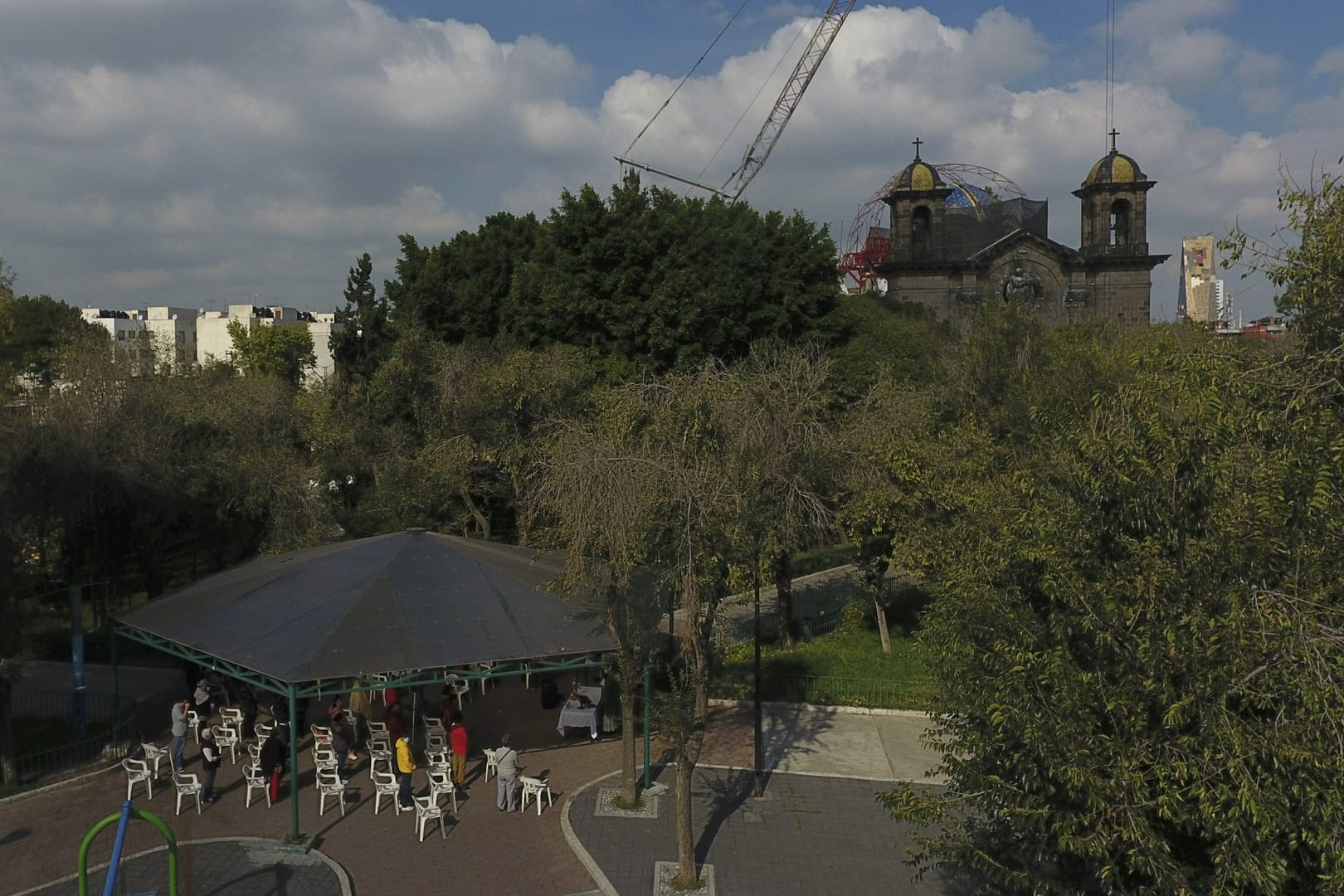
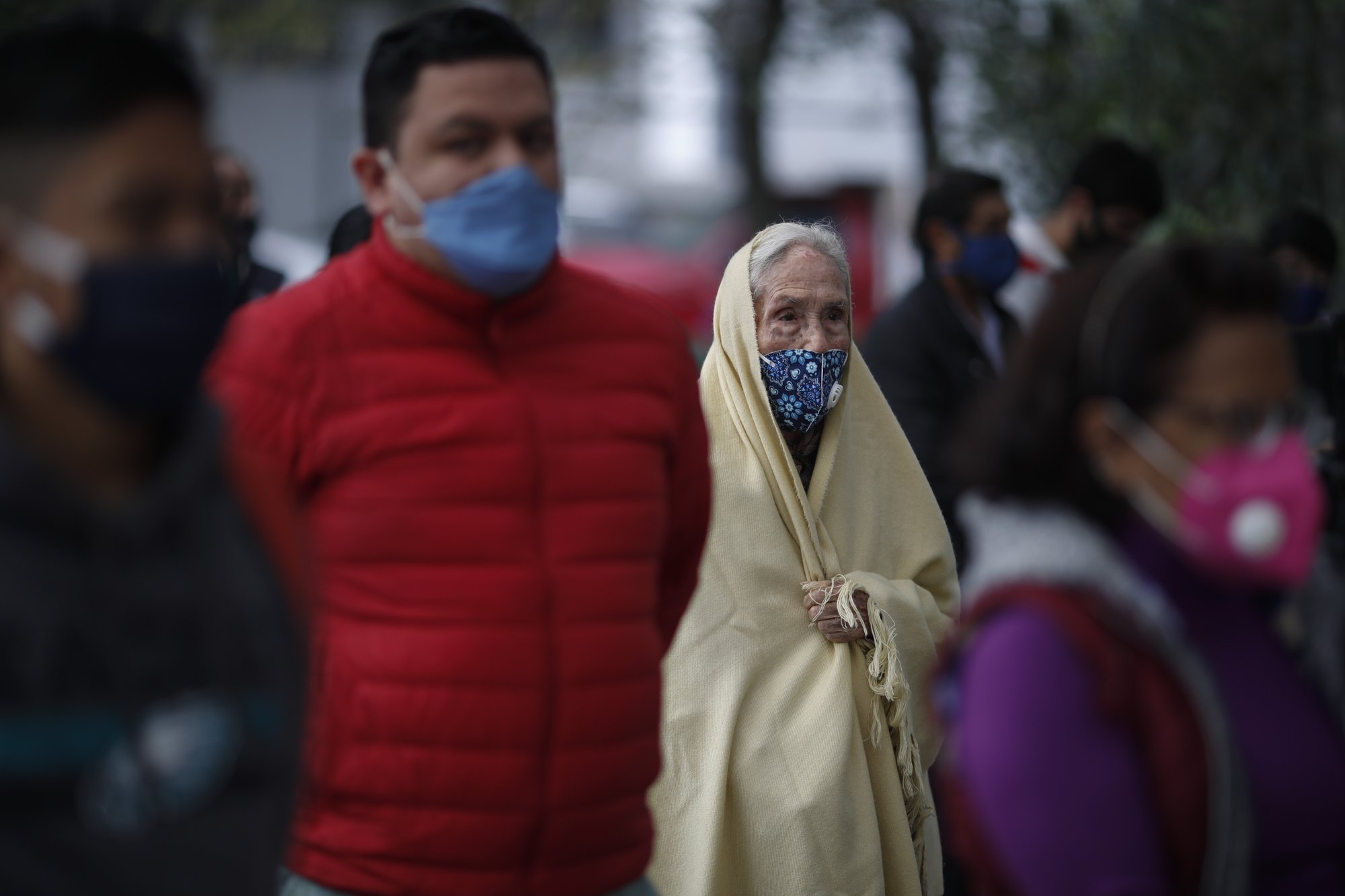
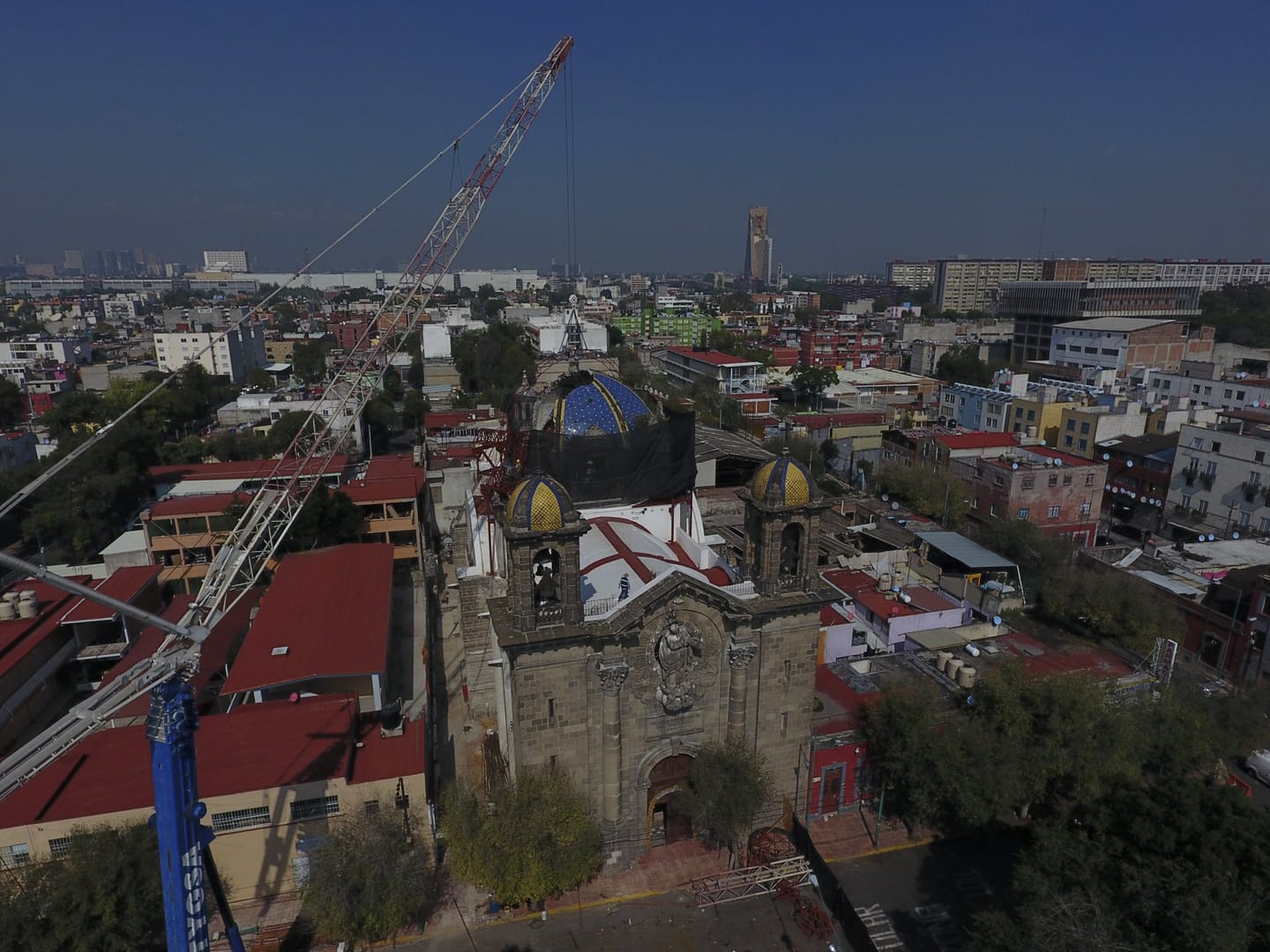
Architect Fernando Duarte Soriano is restoring churches for the Institute, known as the INAH, in the neighboring state of Morelos. He points to the barrel-vault roof from the 1500s of the former convent of San Juan Bautista in Tlayacapan, Morelos that cracked and partly collapsed in the 2017 quake.
“Sometimes with community members, we face a situation where they say ‘it has been so long, and you haven’t finished,’” says Duarte Soriano, noting that original materials like lime mortar, wood and stone take longer. “Imagine, these structures sometimes took as long as 100 years to be built … and in three years, we have managed to consolidate the structure.”
While the Tlayacapan convent, started in 1554, soon after the conquest, is nearing completion there are dozens of other churches that need urgent attention.
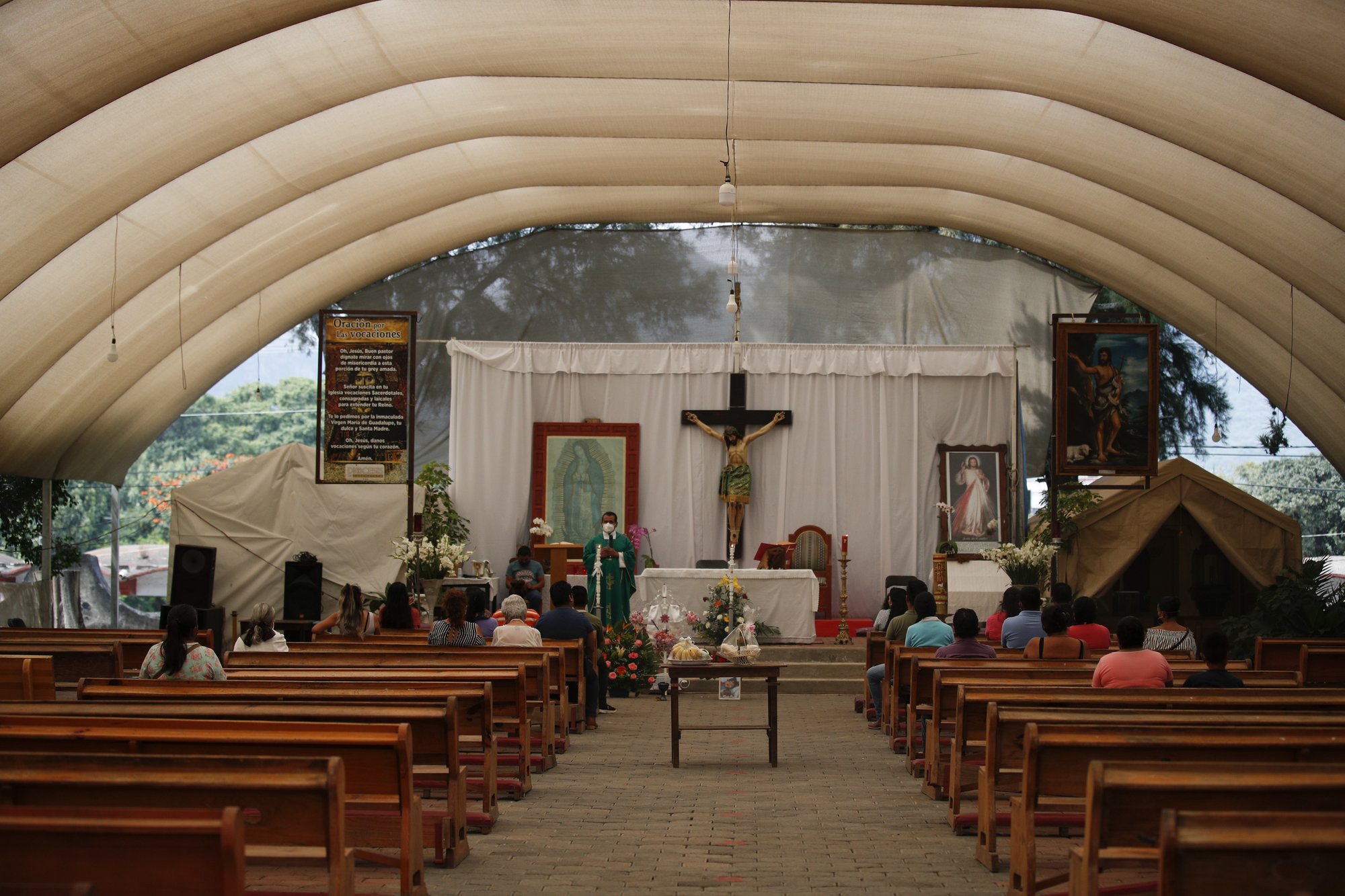
Duarte Soriano headed up teams that went out immediately after the 2017 quake to inspect 159 damaged buildings in Morelos, often at enormous personal risk. “The truth is there are vaults on the verge of collapsing, collapsed bell towers, domes, buttresses and walls that were falling down. At times it wasn’t safe to go into all those places, there was a chance that part of it was going to come down on top of you.”
Unable to correct inclinations in some structures, the best restoration work will still leave some buildings leaning at crazy angles, steadied with steel cables and counterweights.
Nor were the original builders centuries ago faultless geniuses; the restoration work has uncovered some elementary errors, like the use of rounded river-stones in the lower parts of some walls. Their round shapes are inherently unstable and don’t hold mortar well.
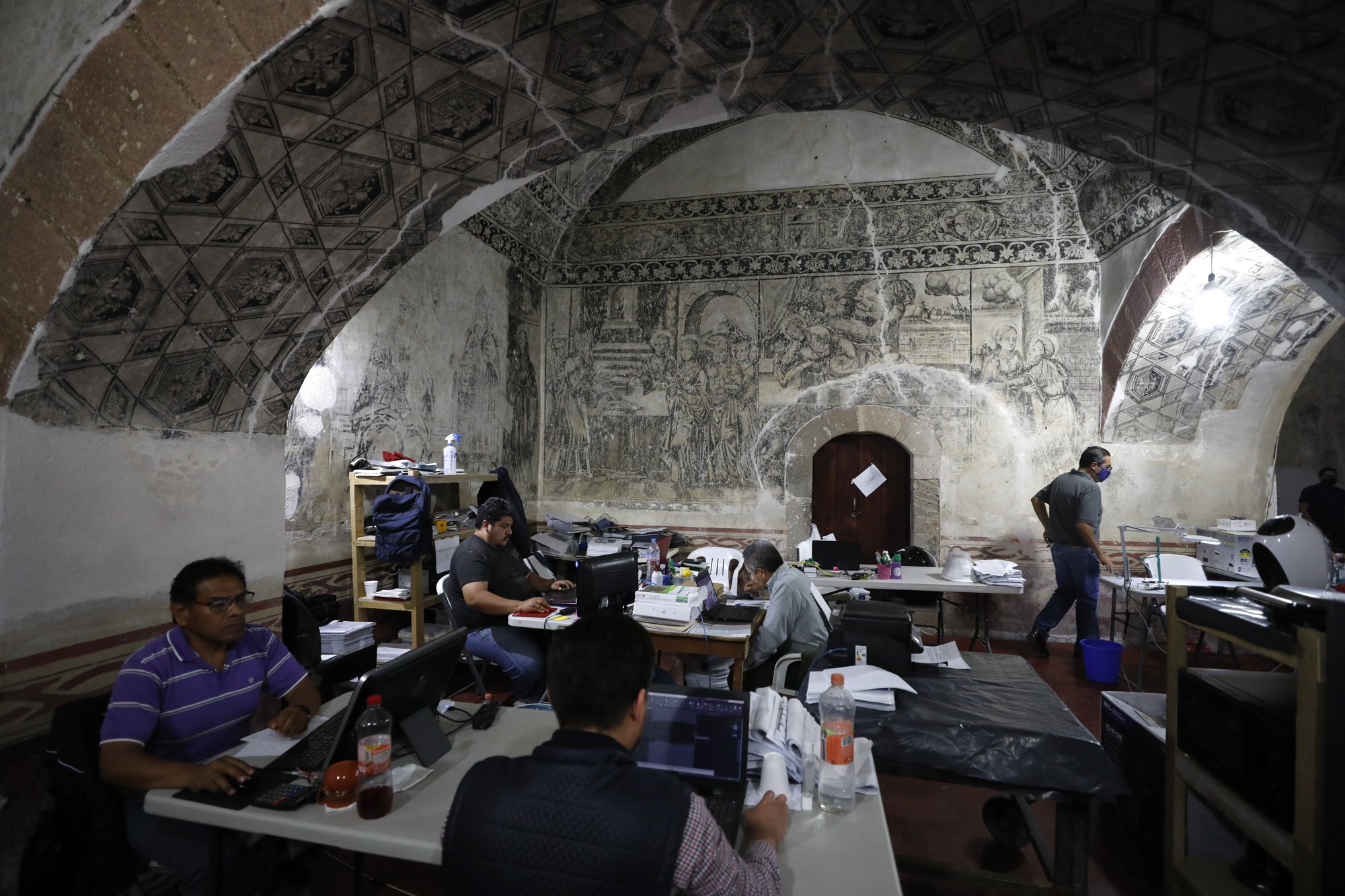
Experts restoring buildings and monuments here have faced every kind of challenge: how to replace a bent old steel support completely encapsulated inside a slender stone column hundreds of feet tall; how to fix foundations sunk in swampy soil; how to restore church bell towers that are central to village life. There have even been fires and takeovers by homeless people at one church under restoration.
Filiberto Arias Araujo, the parish priest at the San Juan Bautista church in Tlayacapan, explains the importance of the bells in Mexican village life. Church bells are commonly rung as an alarm in emergencies, or toll to gather townspeople together. After San Juan Bautista’s bell towers were damaged in 2017, the town went silent for three years.
“They rang the bells recently as a test,” Arias Araujo said of the restoration experts. “They wanted to see if there were any vibrations, especially in the facade, and the people were saying ‘Great! We got shivers hearing what we hadn’t heard in three years, our bells, the voice of our town.’”
